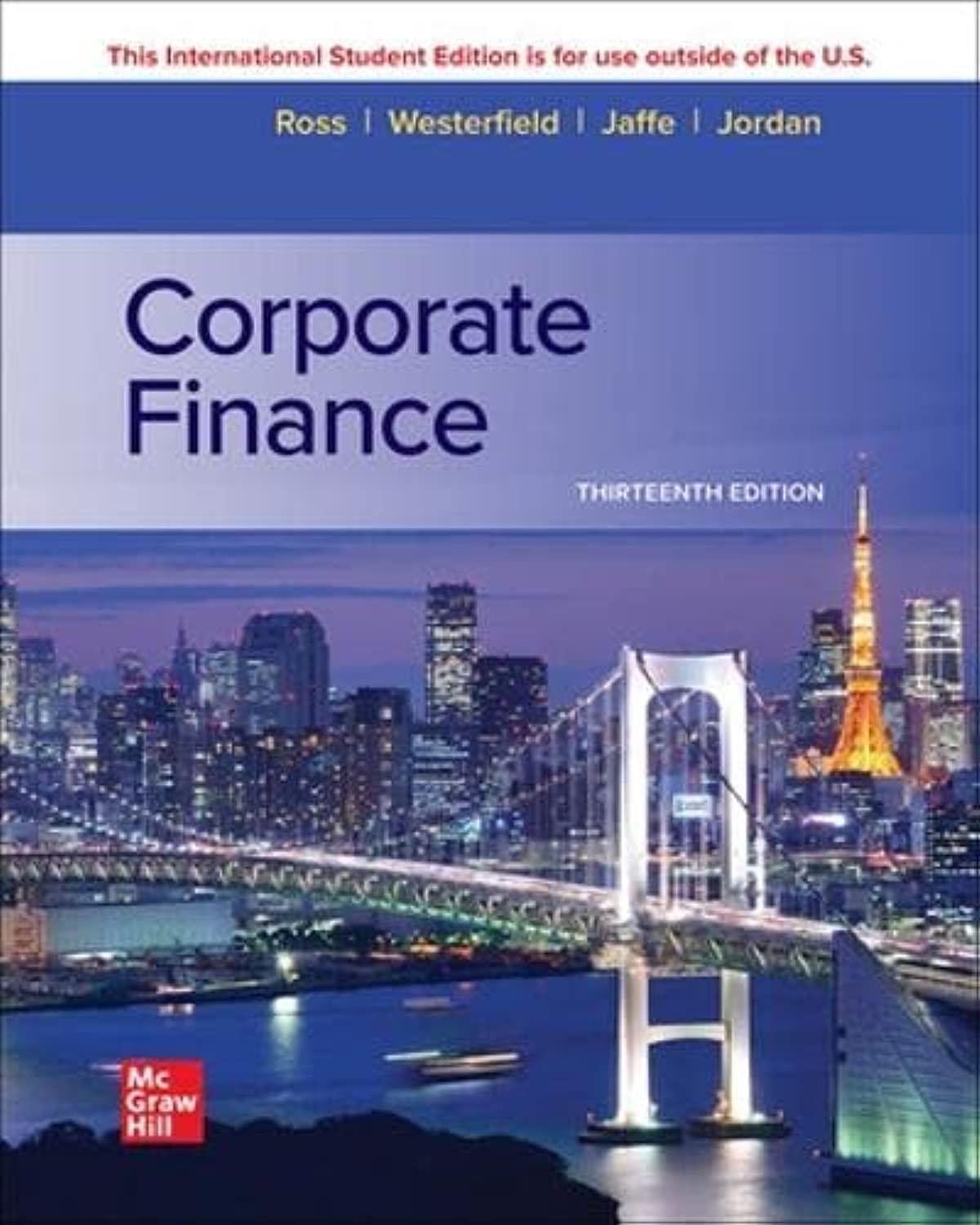In June, Bernard Abelman anticipates a harvest of 50,000 bushels of wheat at the end of September.
Question:
In June, Bernard Abelman anticipates a harvest of 50,000 bushels of wheat at the end of September. He has two alternatives:
1. Write futures contracts against his anticipated harvest. The September wheat contract on the Chicago Board of Trade is trading at $3.75 a bushel on June 1. He executes the following transaction:
He notes that transportation costs to the designated delivery point in Chicago are 30 cents/
bushel. His net price per bushel is $3.45 = $3.75 − .30 .
2. Harvest the wheat without writing a futures contract. Alternatively, Bernard could harvest the wheat without the benefit of a futures contract. The risk would be quite great here because no one knows what the cash price in September will be. If prices rise, he will profit. Conversely, he will lose if prices fall.
We say that Strategy 2 is an unhedged position because there is no attempt to use the futures markets to reduce risk. Conversely, Strategy 1 involves a hedge. That is, a position in the futures market offsets the risk of a position in the physical—that is, in the actual—commodity.
Though hedging may seem quite sensible to you, it should be mentioned that not everyone hedges. Bernard might reject hedging for at least three reasons.
First, he may be uninformed about hedging. We have found that not everyone in business understands the hedging concept. Many executives have told us that they do not want to use futures markets for hedging their inventories because the risks are too great. However, we disagree. While there are large price fluctuations in these markets, hedging actually reduces the risk that an individual holding inventories bears. Second, Bernard may have a special insight or some special information that commodity prices will rise. He would not be wise to lock in a price of $3.75 if he expects the cash price in September to be well above this price.
Third, Bernard may want to invest aggressively in new farming operations if wheat prices rise and scale back operations if prices fall. Without hedging, his cash flow is naturally matched with his investment goals. Following the insights of the Froot, Scharfstein, and Stein model described earlier in this chapter, Bernard decides not to hedge away all his cash flow risk.
The hedge of Strategy 1 is called a short hedge because Bernard reduces his risk by selling a futures contract. The short hedge is very common in business. It occurs whenever someone either anticipates receiving inventory or is holding inventory. Bernard is anticipating the harvest of grain. A manufacturer of soybean meal and oil may hold large quantities of raw soybeans that are already paid for. However, the prices to be received for meal and oil are unknown because no one knows what the market prices will be when the meal and oil are produced.
The manufacturer may write futures contracts in meal and oil to lock in sales prices. An oil company may hold large inventories of petroleum to be processed into heating oil. The firm could sell futures contracts in heating oil to lock in the sales price. A mortgage banker may assemble mortgages slowly before selling them in bulk to a financial institution. Movements of interest rates affect the value of the mortgages while they are in inventory. The mortgage banker could sell Treasury bond futures contracts to offset this interest rate risk.
Step by Step Answer:

Corporate Finance
ISBN: 9781265533199
13th International Edition
Authors: Stephen Ross, Randolph Westerfield, Jeffrey Jaffe





